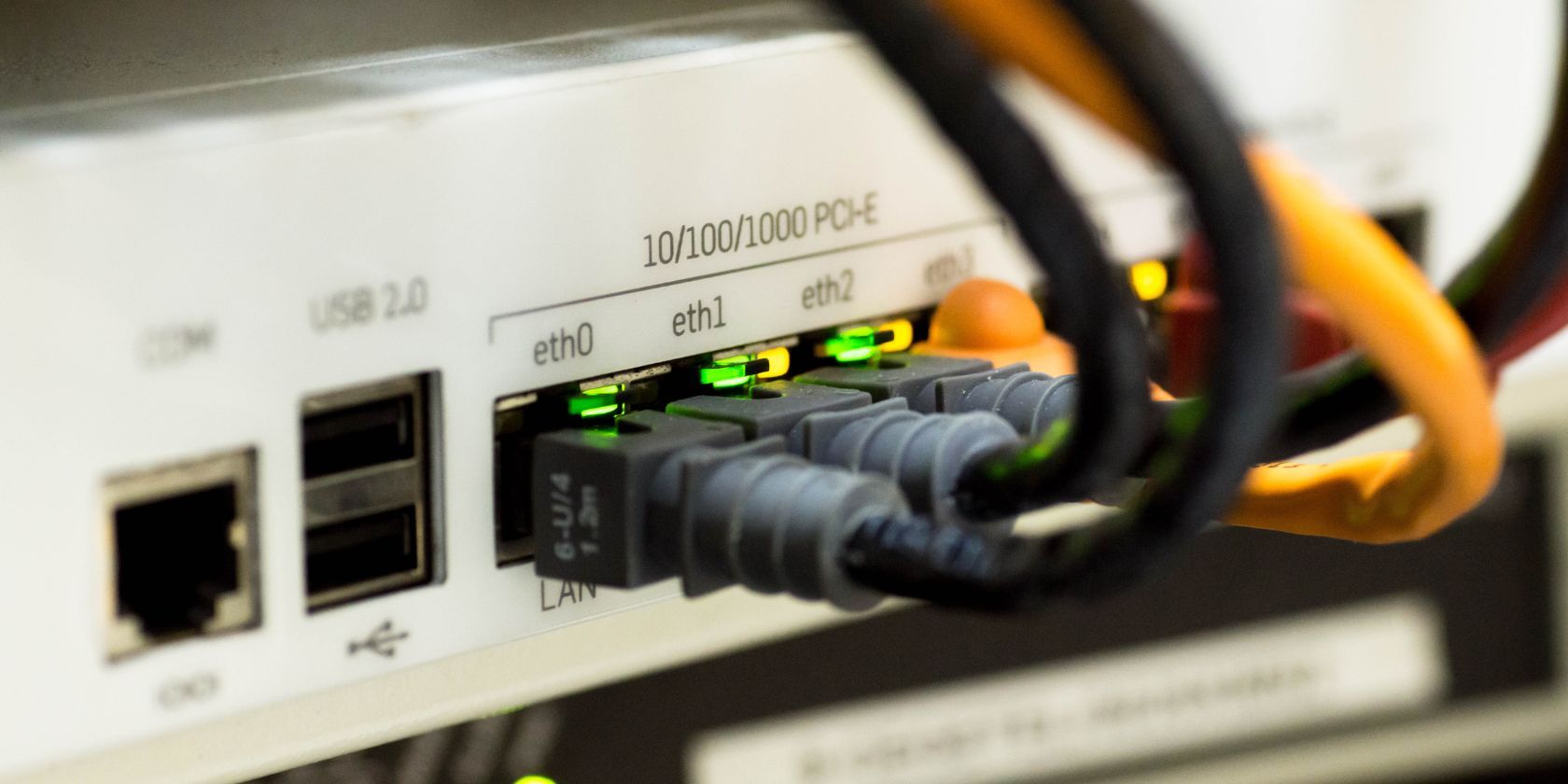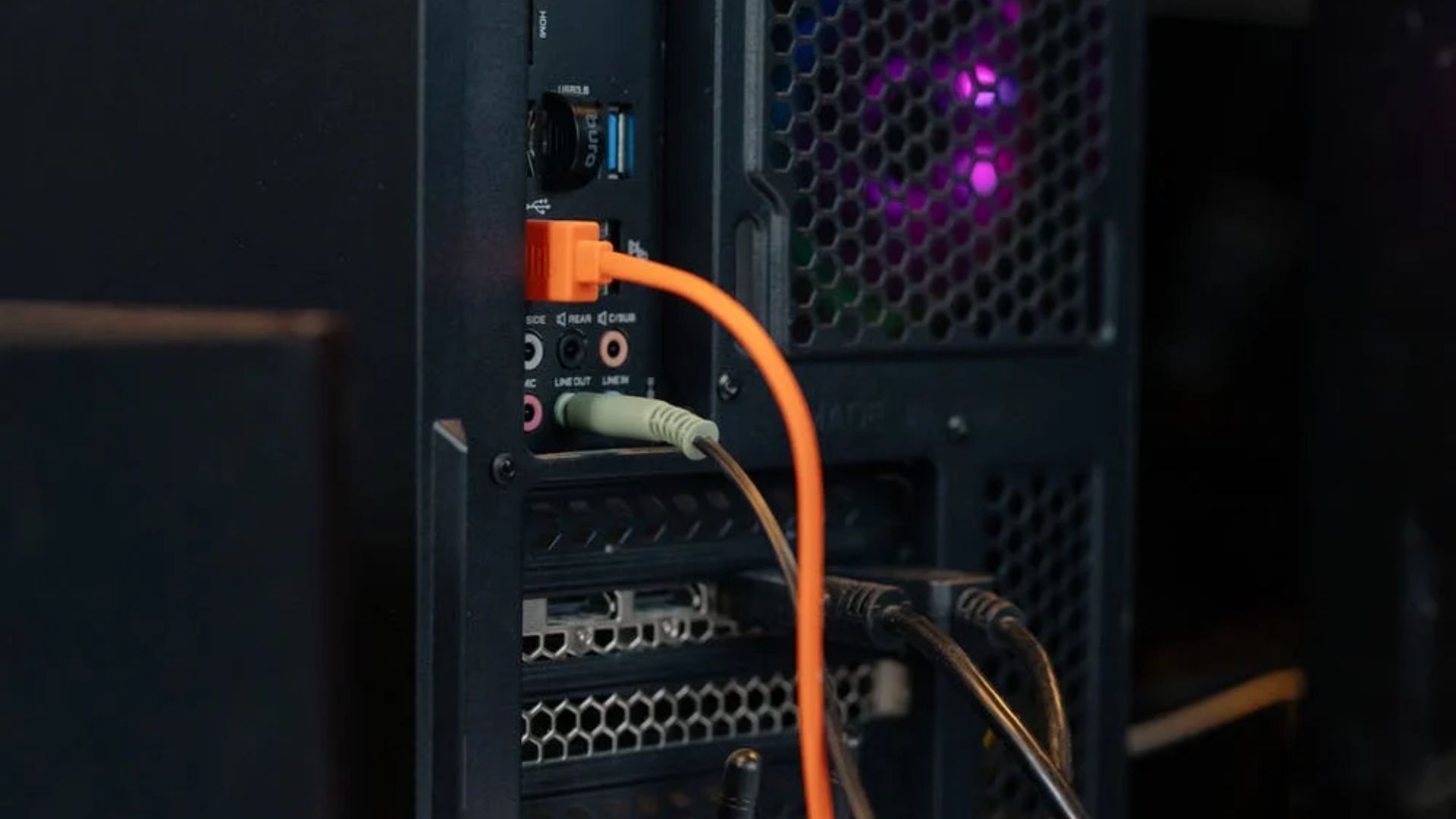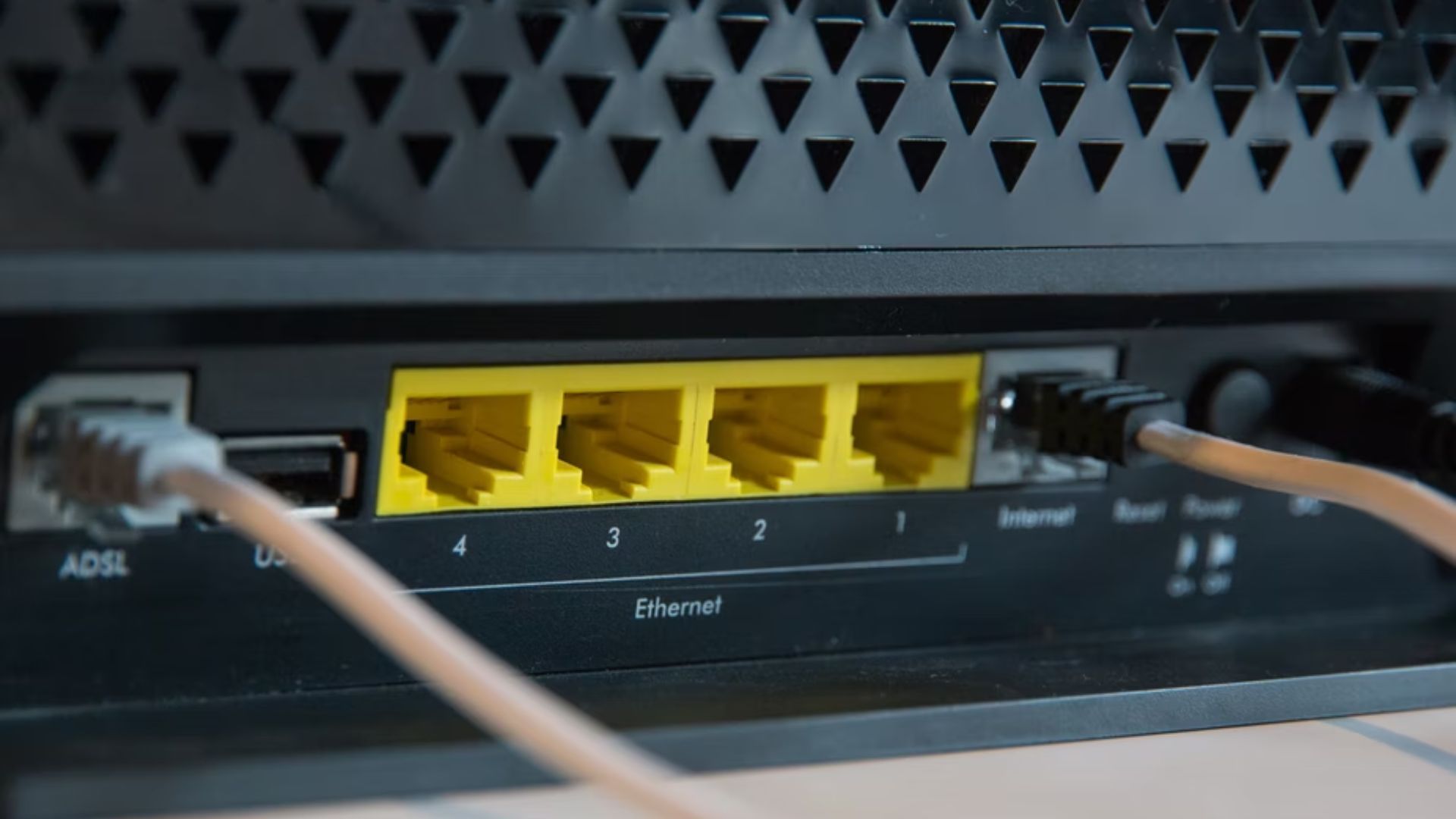Nowadays, fast internet is everything. Even if you're the only person in your home, fast internet is necessary for streaming media, playing video games, or balancing multiple devices over one internet connection. And if you live with multiple people, the need for a speedy connection is even greater.
Luckily, Fast Ethernet has been replaced with Gigabit Ethernet. Well, Gigabit Ethernet hasn't fully replaced Fast Ethernet, but it's definitely getting there. But what exactly is Gigabit Ethernet, and is it worth the upgrade?
What Is Gigabit Ethernet?
Put simply, Gigabit Ethernet is the fastest version of Ethernet that's currently available to a large portion of the population. Gigabit Ethernet has a maximum throughput of 1,000Mbps (Megabits per second), which is equal to one Gbps (Gigabits per second), though Google Fiber customers can receive up to two Gigabits, while certain Xfinity customers can receive up to three Gigabits.
The previous Ethernet version is called Fast Ethernet and has a maximum throughput of 100 Mbps. As a result, you'll often see Fast Ethernet referred to as 10/100 Ethernet, and Gigabit Ethernet referred to as 10/100/1000 Ethernet.
While Gigabit Ethernet is the most popular speedy option, some connections offer even more than one Gbps. For example, a 10Gbps connection is available in the world, but it's typically too expensive for home users and is more commonly found in offices, commercial buildings, or industrial facilities. We're only just seeing the rollout of consumer hardware supporting 2.5 Multi-Gig, which allows for speeds up to 2.5Gbps, which is more than enough for most internet users.
Why You'd Need Gigabit Ethernet
If you live with roommates or family members who use the internet at the same time you are, you'll benefit from Gigabit Ethernet. And even if you live by yourself but frequently stream media or play video games, you'll find Gigabit speeds amazingly seamless.
1. It's Faster
The biggest reason most people would transition from Fast Ethernet to Gigabit Ethernet is speed. Gigabit Ethernet is often delivered via fiber optic cable and, at 1,000 Mbps, is a whopping ten times faster than Fast Ethernet.
As technology advances, the programs, video games, and other software downloaded to your computer also advance, often demanding more storage space and more of a pull on your internet connection. So naturally, increasing your internet speed will solve most of the issues of demanding software or too many people sharing a network at once.
2. There's Less Latency
If you play video games, you're likely familiar with the terms ping, lag, and latency. And you'll also know that figuring out the best ways to reduce latency in online gaming is an art. Sometimes, you have to troubleshoot multiple areas before you figure out what's causing your game to lag.
Gigabit Ethernet practically performs miracles for online gamers. If you're unfamiliar with online gaming or don't know what these terms mean, just know that a Gigabit Ethernet connection can send and receive a signal to and from the server much faster than with a Fast Ethernet connection. This translates to smoother gameplay on the screen and more immediate response when buttons are pressed.
Even if you don't play video games, reduced latency is also fantastic for streaming your favorite TV show from Netflix or running an intense online program.
3. Better Bandwidth
Investing in Gigabit Ethernet also means that you'll have more bandwidth. In simple terms, you'll have a higher data transfer rate and shorter download times. So if you've ever waited hours for a large game to download, more bandwidth will drastically help shorten that time!
Because higher bandwidth translates to an ability to capture more data at once, you'll also notice a faster overall experience, whether you're gaming or just checking your email.
Why You Don't Need Gigabit Ethernet
If you or anyone you live with doesn't really use the internet a ton, you might not need to upgrade to Gigabit Ethernet just yet. As it becomes more popular, it'll eventually become the norm, just like a minimum of 100 Mbps is now. But for now, only people who truly need fast internet speeds at all times should make the jump to Gigabit Ethernet.
1. All Your Components Need to Be Compatible
While many modems and routers these days are built to be compatible with Gigabit Ethernet, not all of them are. If you decide to upgrade to Gigabit Ethernet, you'll need to ensure all your equipment and devices can support and reflect faster internet speeds.
If you're already paying for fiber or cable internet, upgrading to Gigabit Ethernet may be as simple as replacing your old router with a Gigabit-capable one, either from your internet service provider or through personal purchase. Anyone who already owns an awesome Wi-Fi 6 router won't have to upgrade the router, as Wi-Fi 6 routers are well-equipped to handle Gigabit speeds.
Certain fiber-based services, like Verizon Fios or Google Fiber, sometimes require an extra modem-like device responsible for converting the fiber-optic signal. Without this device, known as an optical network terminal, there'd be no way to access speedy Gigabit Ethernet.
2. It's More Expensive
Because there are potential equipment upgrades needed to get all the benefits Gigabit Ethernet offers, it's naturally a more costly endeavor than traditional Fast Ethernet. Plus, you're at the mercy of what an internet service provider wants to charge for fast internet speeds. And for internet speeds ten times faster than Fast Ethernet? You'll definitely be paying a premium.
How to Check if You Can Get Gigabit Ethernet
Complete an internet search for "Gigabit Ethernet near me," or enter your zip code into HighSpeedInternet to search for internet providers who offer fiber internet near you. Most often, if you see that an internet provider has fiber optic connections, it'll likely offer a Gigabit speed plan. This won't always be the case, but if you can't seem to find any internet provider offering Gigabit Ethernet, they might be marketing it as Fiber Internet, or something else along those lines.
Even though Gigabit Ethernet is becoming more common, it's still not available everywhere. If you live in a major city, the chances of getting Gigabit Ethernet speeds are a lot higher than someone in a rural area. That said, I currently live in Denver, and I'm in a small pocket that doesn't have fiber optic cables installed, so even people in major cities might not have access yet.
Fast Internet Is Practically a Necessary Utility Today
In today's world, you pretty much have to build in the monthly cost of the internet into your budget, right alongside rent, the water bill, and the electric bill. In a world where so much is done online nowadays, including school and work, it's virtually impossible to avoid paying for fast internet.
Gigabit Ethernet may be a luxury to most, but it's slowly becoming the norm. Soon, Gigabit Ethernet will potentially be around the same price as Fast Ethernet, with an even faster option priced higher. If you or the people you live with frequently use the internet, especially for video games and streamed content, investing in Gigabit Ethernet is a no-brainer.



